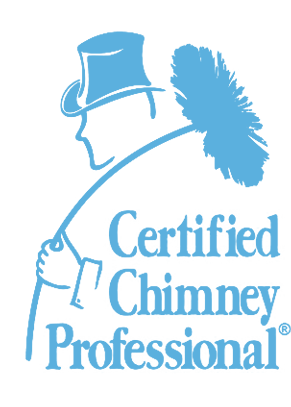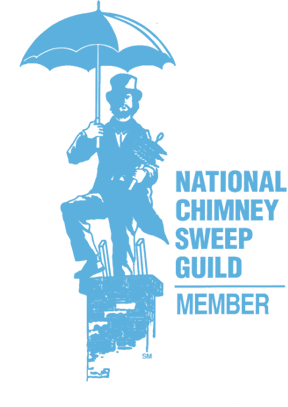How Firewood Burns in Your Fireplace
Anyone with experience with a wood-burning fireplace or campfire knows that starting a fire is not always as simple as striking a match. So, it can be an intimidating experience when you move into a new home in Chevy Chase, MD, with a traditional wood-burning fireplace and are getting ready to light it for the first time. In this article, we'll unravel the mystery of how firewood burns, along with tips for lighting the fireplace safely and effectively.
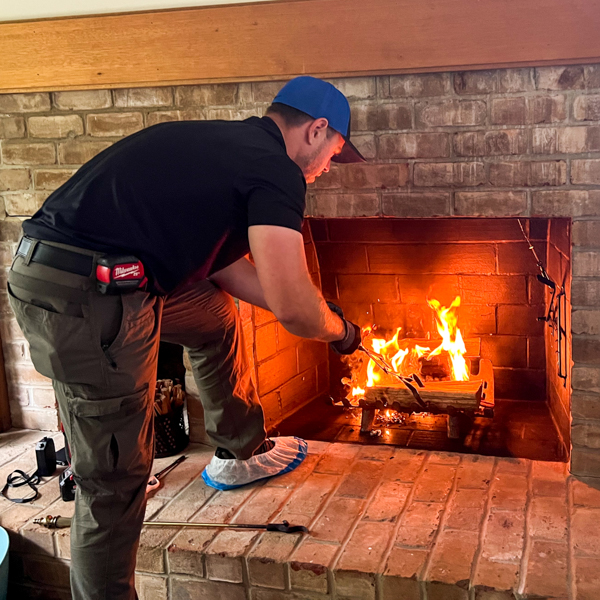
How Fire is Created: The Combustion Process
To understand how firewood burns, you first must learn what creates fire. Now, you may be thinking, well, that's easy. Just light a match. But it's not quite as simple as that. To create a fire, three ingredients must be present: Fuel, heat, and oxygen. This is known as the "fire triangle." Without fuel, heat, or oxygen, the fire burns out. A fire triangle creates a chemical reaction that causes a combustible material to burst into flames, resulting in a fire.
The best firewood to use for your fireplace
Safely lighting a fire in your fireplace differs from lighting a campfire or outdoor grill. First and foremost, you need the proper fuel, in this case, firewood. But not any firewood will do.
The best firewood to burn in your fireplace are locally sourced hardwoods that have been "seasoned" or dried for six to twelve months. The lower moisture content will create a hotter, longer-lasting fire with less smoke and creosote.
There are several reputable firewood suppliers in Montgomery County, MD, Washington, DC, and Northeast Virginia.
Warming the flue
When you wake up on a bitterly cold winter’s morning or return home from work in the evening, your flue will likely be very cold, especially if you have a traditional throat damper.
Lighting a fire in a cold chimney can be challenging and even dangerous, so it is a good idea to warm or preheat it before lighting the fireplace.
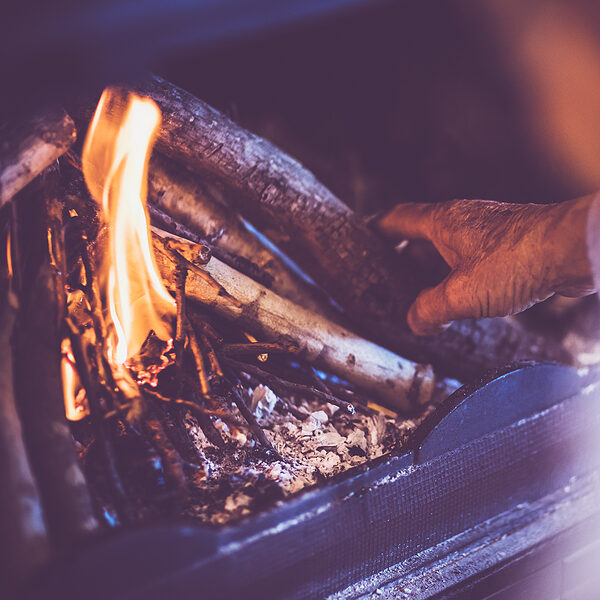
First, make sure to open the damper completely. Then, lay dry twigs for kindling and use a long matchstick or fire starter to light the kindling. Never use lighter fluid or gasoline in a fireplace. It can cause an explosion. When the draft reverses and the air flows upwards, the flue is warm, and you're ready to start adding your wood logs.
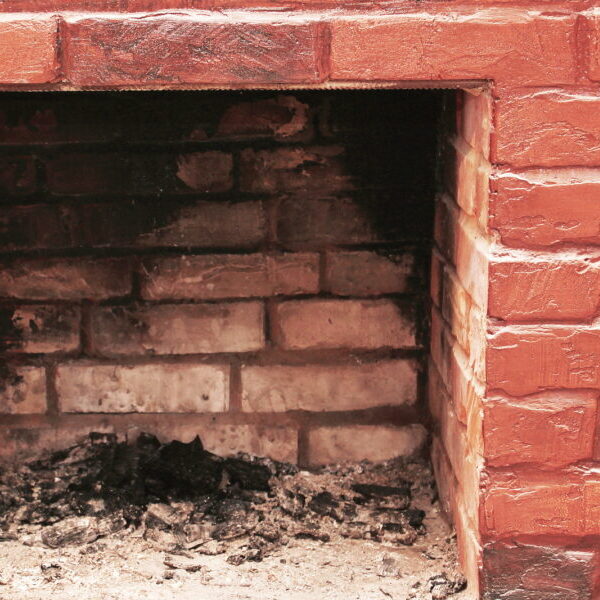
Fueling the fire
Add your first log on top of the kindling in the preheated flue. If the wood has been properly seasoned, you should start to see it burn clean within three to five minutes. As the log breaks down during combustion, the oils in the wood will fuel the fire. When the wood is engulfed in orange flames, you can use the damper to control the heating intensity. A fully open damper will provide maximum heat with minimal creosote. Slightly closing the damper will reduce the temperature. Depending on the type of wood, it will burn for four to eight hours. Next, you can add more wood logs to maintain the fire.
Extinguishing the fireplace
It is not safe to leave a wood- burning fire unattended. A fire can get out of control very quickly. So, extinguish the flames before going to bed or leaving your home.
When the fire burns out completely, it is safe to close the damper. Closing the damper will prevent heat loss and keep your living space warmer. It will also protect your fireplace from rain, snow, and downdrafts.
Chimney Inspections in Greater Washington DC
Are your fireplace and chimney safe to burn firewood? The only way to know for sure is to have a professional chimney inspection.
Our professional chimney sweeps serve customers throughout Montgomery County, MD, Washington, DC, and northeast Virginia communities.
Call 301-969-4444 or 703-935-4444 to schedule your chimney inspection today!


